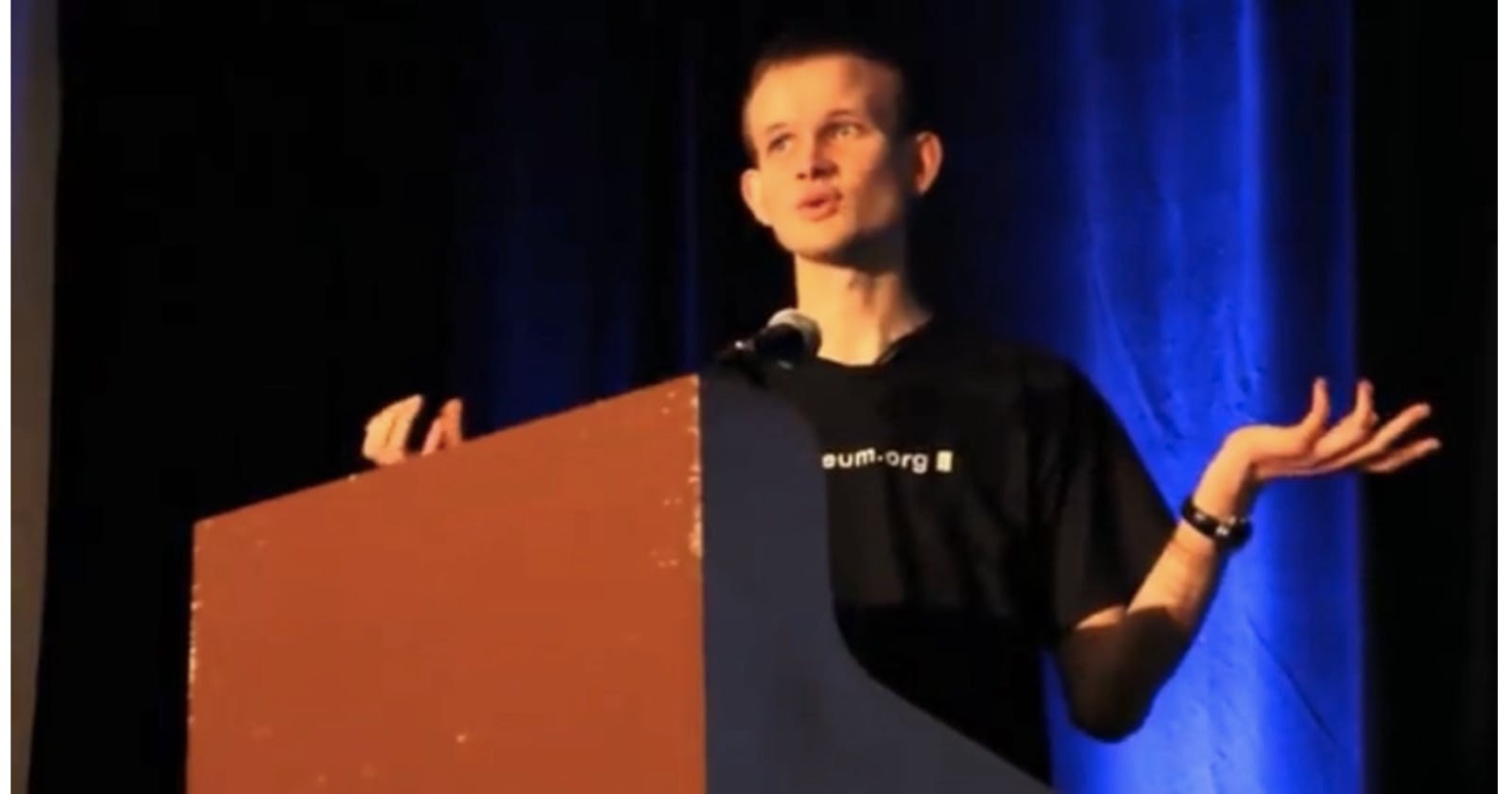Co-founder Butterin explains the uniqueness of Ethereum on the Blockchain.
Inventor and co-founder of Ethereum, Vitalik Butterin, has extensively explained the invasion of Ethereum stating that it would serve as a decentralised, fixed and open-source blockchain.
This happened at the Bitcoin Miami Conference 2014 where the inventor gave an address on the topic “A Next Generation Smart Contract and Decentralised Application”, highlighting the distinct features of Ethereum as compared to other cryptocurrencies with specific reference to Bitcoin.
Butterin started the discourse by running a brief overview on the origination of bitcoin, disclosing its founder’s inspiration.
“Bitcoin was originally created in 2009, Satoshi was testing two things at once. The first part is, the idea of bitcoin, the decentralised currency. It’s a form of money that exists purely online and you can transfer it from anyone in the world”.
Expatiating on Bitcoin’s framework, Butterin revealed how it had attracted “Ten (10) billion dollars” fortune over the past decade and its worldwide acceptance by over “Fifty (50) Thousand merchants”, not to mention its other features.
“There’s also the other side of Bitcoin, which is Bitcoin the blockchain, so Bitcoin the technology is this global trust free peer-peer decentralised database, it has this database that anyone can add things to but no one could remove anything from it”.
Highlighting Ethereum’s distinctiveness, the blockchain inventor noted that …
1. Bitcoin scripting language is binary, it’s limited to a transaction type that can either be spent or not spent
2. Ethereum scripting language has memory entries, it can stack and store ether or other currencies
3. Bitcoin is an effective payment method but not designed as a foundational layer for other protocols to be built on.
4. Ethereum on the other hand allows the creation of other protocols because it is its own blockchain
5. Ethereum has its own built-in programming language so people can process a centralised exchange on the blockchain.
6. On Ethereum, there is a transaction type for peer-peer gambling and for saving wallets.
Generally, he explained Ethereum to be simple.“Ethereum instead of having lots of features tries to be simple, we do not have the features just the programming language so everything that you want to implement through Ethereum, you’d have to implement as a contract”.
He proceeded to give more illustrations on the term “contract”, stating Ethereum as an entire system developed for the purpose of building more inventions as a contract. A contract, on the other hand, is like an automated agent living inside the blockchain, it has a specific amount, a scripting code and can store ether or another currency unit
Moving on, Butterin appreciated the existence of many other currencies, emphasizing their dynamism which according to him makes them interesting.
‘Currencies could serve different purposes. You could have currencies that fund medical research or environmental application”. The idea is that one currency is too limited, we should have more than one currency, in fact, a thousand currencies, so there can be economic democracy through a currency system’
Rounding off, he described Ethereum as a “platform that makes it a thousand times easier to bootstrap your own decentralised app because you can just make it a contract”
